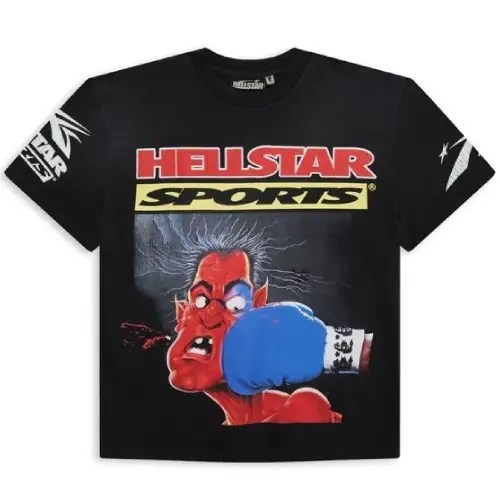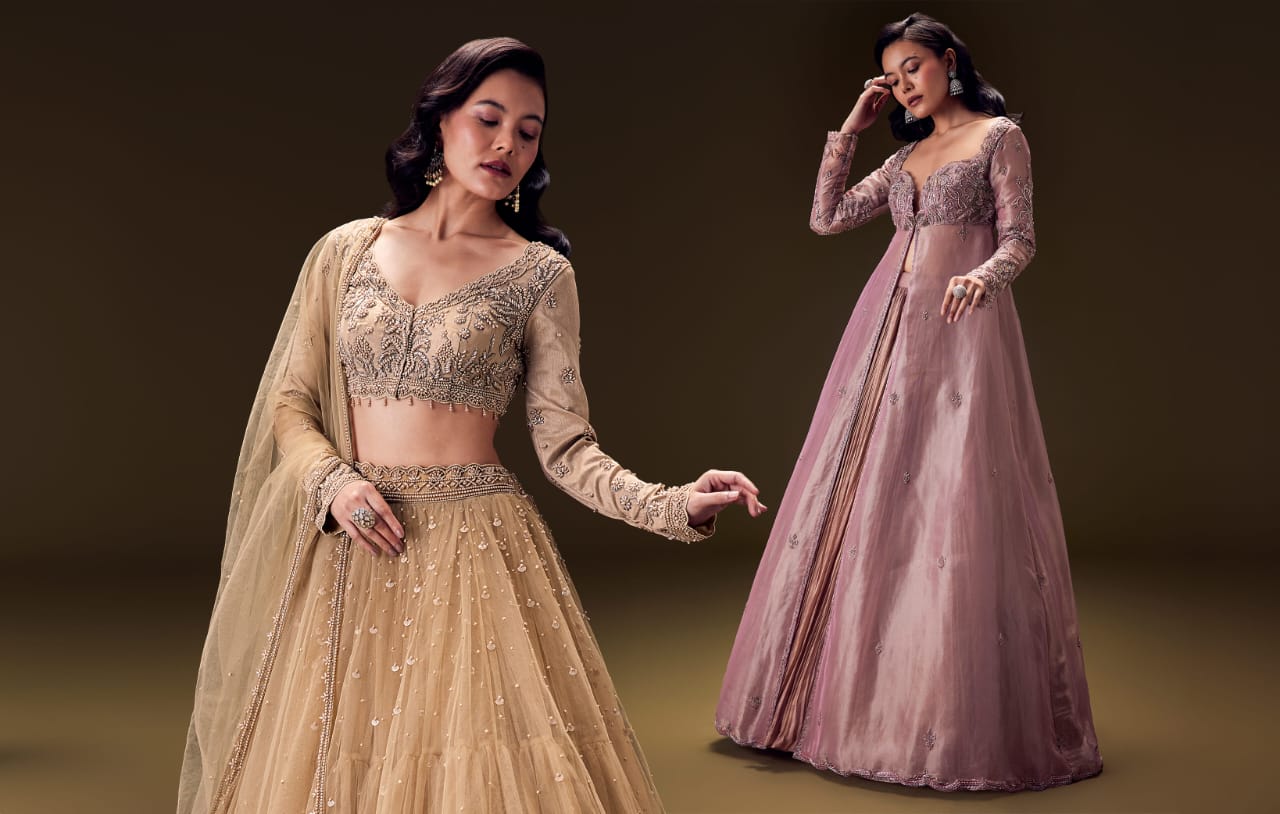Introduction
Swarovski, synonymous with exquisite precision-cut crystals, has established a remarkable presence in the luxury goods sector since its founding in 1895. Established by Daniel Swarovski in Wattens, Austria, the company boasts a rich history of innovation, luxury, and superior design. This article delves into the multifaceted world of Swarovski, examining its origins, evolution, and the modern strategies that maintain its leadership in the crystal industry.
The Masters of Light: A Journey Through Time
From its inception, Swarovski has been a symbol of innovation and design excellence. Daniel Swarovski’s passion for crystal cutting transformed the industry. His proprietary formula, which combined lead crystal with a high refractive index, ensured that Swarovski crystals outshone their competitors. From Vienna to Milan, Swarovski’s creations have graced royalty, celebrities, and discerning individuals globally. Whether it’s a delicate pendant, a sparkling watch, or a crystal-studded home décor item, each piece reflects the brand’s dedication to tradition and craftsmanship.
Swarovski’s History
Let’s explore the captivating history of Swarovski:
Daniel Swarovski: Visionary Beginnings
In 1895, Daniel Swarovski, a pioneering entrepreneur, founded the Swarovski Company. Originally from northern Bohemia (now the Czech Republic), Swarovski came from a family of glass cutters. Immersed in the art of glass-cutting from a young age, he refined his skills through apprenticeship. However, it was his invention of an electric cutting machine that revolutionized crystal glass production. This machine’s unparalleled precision laid the foundation for Swarovski’s enduring legacy.
The Birth of Swarovski
Partnering with financier Armand Kosmann and Franz Weis, Swarovski established the company initially known as A. Kosmann D. Swarovski & Co. The crystal-cutting factory was set up in Wattens, Tyrol (Austria), where local hydroelectricity powered the energy-intensive grinding processes. Swarovski’s commitment to innovation and design quickly established it as a leading jewelry and accessory brand accessible to people worldwide. Today, Swarovski continues to shine under the stewardship of the fifth generation of the family.
The Beginnings of Brilliance
Daniel Swarovski’s vision was to create “a diamond for everyone” by making high-quality crystals accessible. His groundbreaking technique for hand-cutting crystals marked the beginning of a new era in crystal craftsmanship, setting the stage for the company’s success.
Expanding Horizons: Diversification and Innovation
Throughout the 20th century, Swarovski expanded beyond jewelry and fashion accessories. The company ventured into producing optical instruments through its Swarovski Optik division and industrial cutting tools under the Tyrolit brand, demonstrating its versatility and technical expertise.
Types of Swarovski Products
Jewelry and Accessories
Swarovski offers an extensive range of jewelry, including necklaces, bracelets, earrings, and rings. Each piece showcases the brilliance of Swarovski crystals, blending traditional craftsmanship with modern design.
Home Decor and Figurines
Swarovski’s home décor collection features intricately designed figurines, vases, and ornaments. These pieces are popular for their detailed craftsmanship and often serve as decorative accents in homes and offices.
Fashion and Apparel
Swarovski crystals are widely utilized in the fashion industry. Designers incorporate these crystals into clothing, handbags, and shoes, adding a touch of glamour and sophistication to their creations.
Chandeliers and Lighting
Swarovski chandeliers are celebrated for their stunning beauty and artistry. Each chandelier represents a masterpiece, merging the brilliance of Swarovski crystals with innovative lighting design.
Swarovski in Fashion
Swarovski holds a prominent place in the fashion industry. Its crystals are favored by designers for their versatility and brilliance, adding elegance to everything from red carpet gowns to everyday wear.
Swarovski Collaborations
Swarovski frequently collaborates with leading designers, artists, and brands to create unique, limited-edition collections. These collaborations infuse fresh and innovative designs into the market, appealing to a broad range of customers.
Swarovski’s Environmental Initiatives
Swarovski is dedicated to sustainability and environmental stewardship. The company has implemented various initiatives to minimize its environmental impact, including sustainable raw material sourcing and energy-efficient manufacturing processes.
Art and Culture Integration
Swarovski has long been involved in the arts, integrating itself into the realms of fashion and cinema. Its crystals have adorned the costumes and sets of Broadway shows and Hollywood films, adding a touch of sophistication and glamour. Furthermore, Swarovski collaborates with high-profile designers and brands, such as Christian Dior and Alexander McQueen, reinforcing its status as a cherished icon in the luxury fashion industry.
Sustainability and Corporate Responsibility
In recent years, Swarovski has intensified its focus on sustainability. The company has taken significant steps to reduce its environmental footprint, including adopting energy-efficient manufacturing processes and sustainable sourcing practices. Swarovski’s commitment to corporate social responsibility is also evident in its support for various charitable causes and its efforts to promote diversity and inclusivity within its workforce.
Challenges and Controversies
Despite its illustrious history, Swarovski has faced its share of controversies. The company encountered criticism during the Nazi era when some family members supported the regime. In recent years, Swarovski has addressed these historical issues, taking steps to reconcile with its past and ensure that its current business practices reflect its values of respect and integrity.
Innovations and Future Directions
Under the artistic direction of Giovanna Battaglia Engelbert, Swarovski continues to push the boundaries of innovation in its product lines and design approaches. Recent collections have revisited and reinterpreted archival designs, blending traditional craftsmanship with contemporary aesthetics. This approach not only honors the company’s heritage but also appeals to modern consumers seeking unique and expressive fashion items.
In summary, Swarovski remains a beacon of excellence in the luxury crystal industry, combining a rich history of innovation with a forward-looking approach to design and sustainability.
Conclusion
Swarovski, with its storied history and unwavering commitment to excellence, stands as a symbol of luxury and innovation in the world of crystal. From its humble beginnings in 1895 to its current status as a global leader in the crystal industry, Swarovski’s journey reflects a legacy of precision, creativity, and craftsmanship. The company’s ability to blend tradition with modernity has enabled it to continuously evolve while staying true to its core values. Through its diverse range of products, strategic collaborations, and dedication to sustainability, Swarovski not only enhances the world of fashion and décor but also makes significant strides in environmental and social responsibility. As it looks to the future, Swarovski’s innovative spirit and commitment to quality ensure that it will continue to shine brightly in the luxury sector.
FAQs
1. What makes Swarovski crystals unique compared to other crystals?
Swarovski crystals are renowned for their precision-cut facets and high refractive index, which result in exceptional brilliance and clarity. The company’s proprietary formula, including lead crystal, enhances the sparkle and light reflection, setting Swarovski apart from other crystal manufacturers.
2. How has Swarovski contributed to fashion and design?
Swarovski crystals are widely used in the fashion industry to add elegance and sparkle to clothing, accessories, and jewelry. The brand’s collaborations with top designers and involvement in high-profile fashion events and film productions underscore its influential role in the world of design.
3. What are some of Swarovski’s major product categories?
Swarovski’s product range includes fine jewelry (necklaces, bracelets, earrings, and rings), home décor items (figurines, vases, and ornaments), fashion accessories, chandeliers, and lighting solutions. Each product showcases the brand’s commitment to quality and design.
4. How is Swarovski addressing environmental and social issues?
Swarovski has implemented several initiatives to enhance sustainability, such as energy-efficient manufacturing processes and sustainable raw material sourcing. The company also supports charitable causes and promotes diversity and inclusivity within its workforce.
5. What historical controversies has Swarovski faced, and how is the company addressing them?
Swarovski faced criticism during the Nazi era due to the involvement of some family members with the regime. The company has since acknowledged this period, made efforts to reconcile with its past, and is committed to upholding values of respect and integrity in its current practices.
6. What are the future directions for Swarovski?
Under the artistic direction of Giovanna Battaglia Engelbert, Swarovski is focusing on innovation by revisiting and reinterpreting archival designs. The company aims to blend traditional craftsmanship with contemporary aesthetics to cater to modern consumers and maintain its leadership in the luxury crystal industry.
Stay in the know with the latest news and updates on internalinsider










